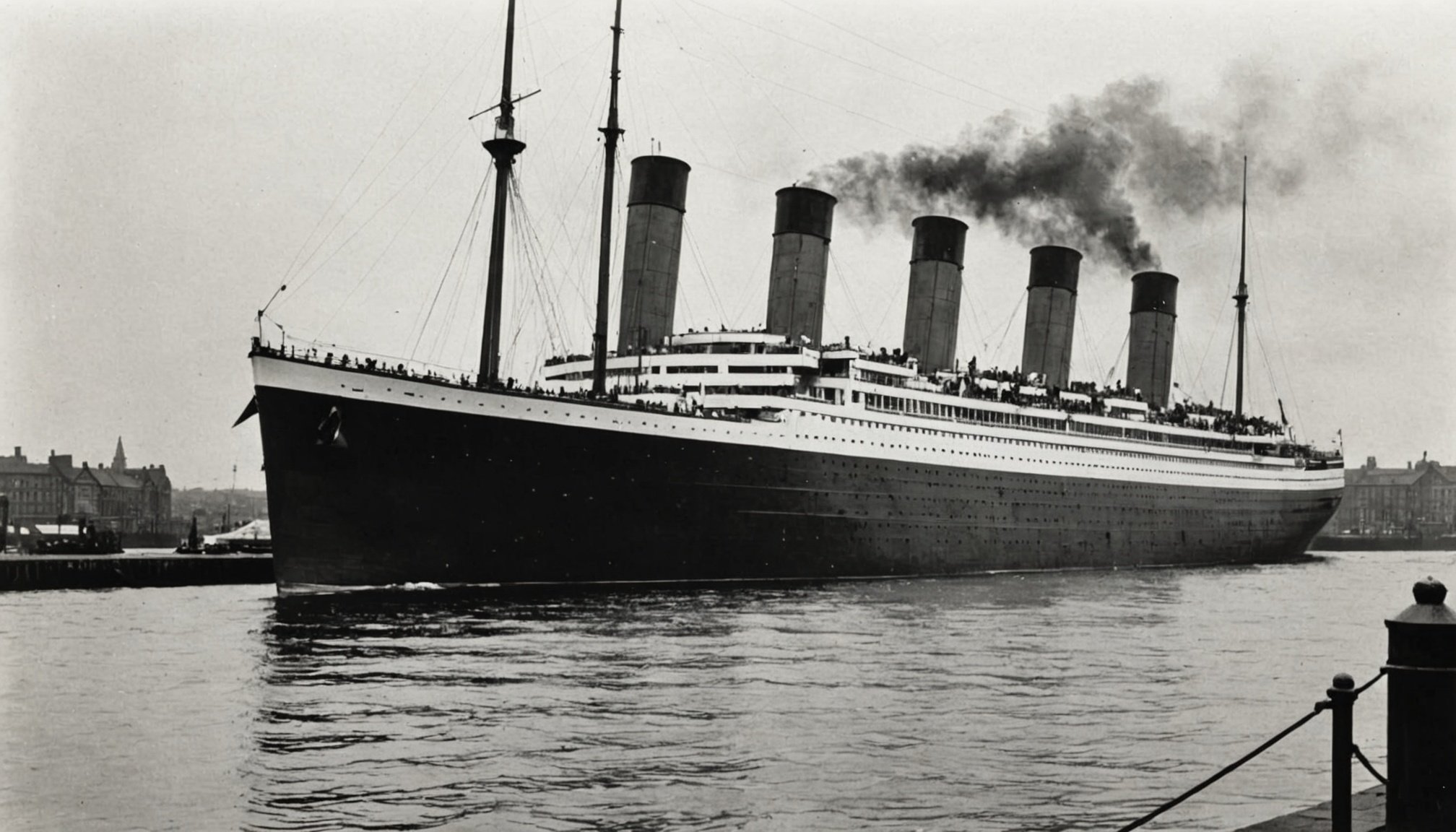Overview of Liverpool’s Connection to the Titanic
Liverpool’s maritime significance in the early 20th century was profound, serving as a major port for shipbuilding and commerce. The Titanic voyage origins are deeply rooted in the city’s shipbuilding prowess. Although the Titanic was constructed in Belfast, Liverpool was pivotal as the operational home of the White Star Line, the company that owned the ill-fated ship. As such, many people in Liverpool were involved in the logistics and engineering aspects of the Titanic’s development.
The cultural impact of the disaster on Liverpool was substantial. The city’s connections to the ship meant that the tragedy resonated deeply with the local community. Stories of loss and heroism became part of local narratives, shaping Liverpool’s historical memory of Titanic history. It fostered a profound public interest in maritime tragedies and led to deeper community ties beyond the initial shock and grief.
In the same genre : Uncover scotland”s rich heritage: explore historic sites linked to the jacobite uprising
The maritime significance of Liverpool, entwined with the Titanic’s legacy, remains a vibrant part of the city’s historical identity, continually explored through both personal and collective experiences. Liverpool today celebrates this unique connection by keeping the stories and significance of the Titanic alive through local museums and memorials.
Key Landmarks Associated with the Titanic
Liverpool is peppered with Titanic landmarks, each holding a piece of the city’s maritime heritage. These sites are essential to Liverpool’s narrative, serving as anchors to the past.
This might interest you : Embark on a culinary journey: your essential guide to london”s must-taste british street food delights
Liverpool’s Maritime Museum
The Maritime Museum affords an extensive overview of Liverpool’s maritime legacy, with exhibits specifically dedicated to the Titanic. These displays include detailed artifacts and documents, bringing the Titanic’s story to life for visitors. As a key site, it embodies the city’s deep ties to sea-bound adventures and tragedies.
The Pier Head
More than just a scenic view, the Pier Head holds history within. Notably connected to the Titanic’s voyage origins, the Pier Head offers insights into the city’s vibrant maritime heritage. The docks represented a bustling maritime hub and stand testament to Liverpool’s significance in nautical ventures.
The Albert Dock
The Albert Dock is now a beautifully restored location that still whispers its historic past. Its restoration has allowed it to house Titanic-related features, letting visitors connect with Liverpool’s maritime history. By exploring these sites, one gains an appreciation for the legacy and influence of Liverpool’s Titanic landmarks.
Personal Stories and Anecdotes from the Titanic Disaster
The Titanic disaster is woven into Liverpool’s fabric through poignant personal stories and anecdotes. Many families in Liverpool were directly affected, creating a tapestry of tales that continue to foster a unique connection to the event. For instance, some Liverpool narratives recount employees of the White Star Line who were involved with the Titanic and shared their expertise. Their accounts give a glimpse into the voyage origins and the ship’s operational features.
Titanic survivor stories capture emotional depths, revealing not only the trauma but the courage that defined the experience. Personal accounts from Liverpool residents convey how the tragedy reshaped family histories and left a lasting imprint on the community. Such stories are preserved in local archives and become focal points in notifications at museums.
Many of these accounts are carefully preserved and showcased in local museums and archives, offering visitors intimate insights into the human aspect of the Titanic’s legacy. Liverpool narratives showcase resilience and contribute to a broader understanding of the city’s enduring maritime heritage. These stories bear witness to the interconnectedness of historical events and community memory, ensuring that the lessons and stories of the Titanic are not forgotten.
Visiting Liverpool: Tips and Resources
Exploring Liverpool offers a deeper dive into its Titanic history through a well-curated Liverpool travel guide. Begin with the suggested itineraries designed to lead you to pivotal Titanic-related sites. These routes guide visitors through the city’s maritime heritage, highlighting integral Titanic landmarks such as the Maritime Museum, the Pier Head, and the Albert Dock for an enriched experience.
Include visits to museums showcasing Titanic survivor stories and valuable Liverpool narratives. These museums provide a rare glimpse into personal accounts, enabling visitors to understand the impact of the tragedy on local families. Both the Maritime Museum and special exhibits at Albert Dock offer irreplaceable insights into Liverpool’s maritime past.
For a more immersive experience, consider engaging in guided tours focusing on the Titanic’s legacy. These can offer enriched explanations and dramatic retellings, deepening visitors’ understanding of the ship’s ties to Liverpool’s history and culture. Guided tours, coupled with museum visits, create an all-encompassing exploration ideal for enthusiasts wanting to genuinely appreciate Liverpool’s connections to the Titanic.











